Before I start, I just want to mention that I am a premed student. However, I want to build a DIY amp for my headphones since my computer can't properly drive them so I decided to take an electronics course. Finals week begins in two weeks and the professor posted a bunch of problems to prepare for final exam. One of the problems are as follows
Design a circuit that gives the following output using only (1) op amp, 1 nF / 1 uF capacitors, 10k resistors, and diodes, (we can also use variable resistors but I don't think we need those).
This is the picture we were given -
Starting off, I see that this is a sine wave with a peak to peak of -2V to 2V The output wave is a sine wave with a peak to peak of 2V to 8V. The output is also shifted up (dc offset).
I've tried many things - the first attempt I tried using an inverting amp and was able to adjust the offset of the input but the wave ended up being inverted. Any ideas on how to tackle this problem?
Edit: I saw one of the posts linked below and say that they used a summing amplifier. However, I have a question
Attached is a picture of non-inverting summing amplifier. I'm not sure what
Vs1 and Vs2 are, are they my supply voltages? The only Supply voltages I have are -10 and 10V. Do i put both of those in Vs1 and Vs2? I just tried that on falstad and circuit amplitude is altered (gain of 2) but dc offset is not changed.
Here is the circuit I attempted




